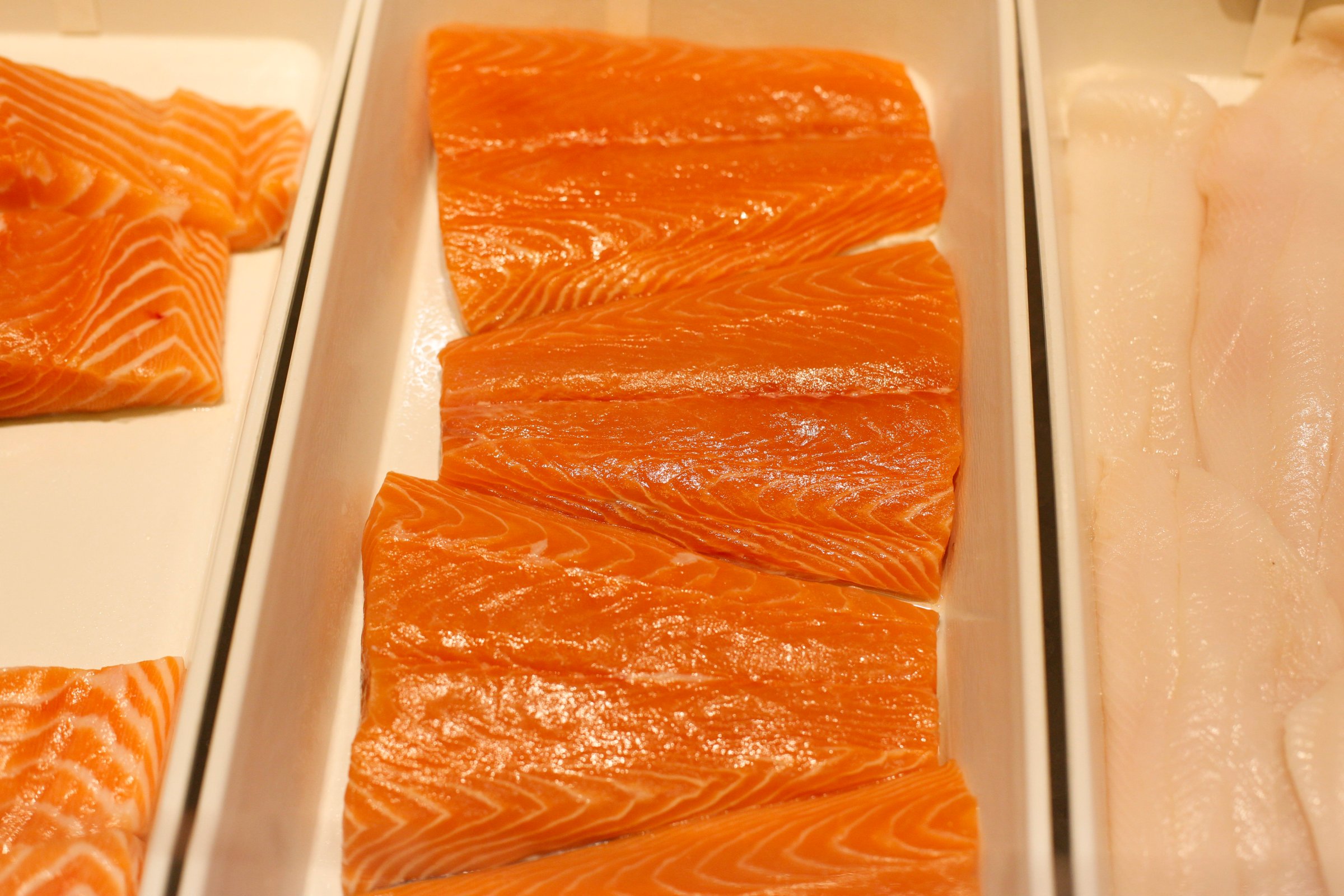
The price of salmon across the globe has surged following widespread contamination by a tiny pest known as sea lice that eat salmon’s blood and skin.
The price of salmon has climbed more than 15% in the last three months, according to data from the NASDAQ Salmon Index. Norwegian salmon prices jumped 40% in 2016 from the previous year. Unusually high salmon prices are likely to remain throughout this year given the time it takes for fish to grow to an appropriate size, according to a Financial Times report.
Read More: The Growing Fight Against Food Fraud
Sea lice are nothing new, but their effect has grown more widespread alongside the rise of large salmon farms. The farms—essentially large-scaled netted areas in the ocean—act as a fertile breeding ground for sea lice because the closely confined space allows the parasite to spread quickly. The problem has also affected wild salmon as they move nearby the farms. Researchers also found that high water temperatures—largely due to man-made climate change—likely contributed to the problem.
Read More: Average American Seafood Intake Increased by a Pound Last Year
Experts say that an algal bloom off the coast of Chile last year that killed more than 135,000 tons of salmon has also contributed to the price spike.
Salmon producers have largely used pesticides to try to eliminate the problem, but some strands of sea lice have grown immune to the problem. Salmons farmers, who have lost millions thanks to sea lice, have invested heavily in developing farms where the pest cannot thrive. One $71 million project from the Norwegian company Nordlaks aims to help fish avoid tight confines at a length of nearly five football fields.
More Must-Reads From TIME
- The 100 Most Influential People of 2024
- Coco Gauff Is Playing for Herself Now
- Scenes From Pro-Palestinian Encampments Across U.S. Universities
- 6 Compliments That Land Every Time
- If You're Dating Right Now , You're Brave: Column
- The AI That Could Heal a Divided Internet
- Fallout Is a Brilliant Model for the Future of Video Game Adaptations
- Want Weekly Recs on What to Watch, Read, and More? Sign Up for Worth Your Time
Write to Justin Worland at justin.worland@time.com